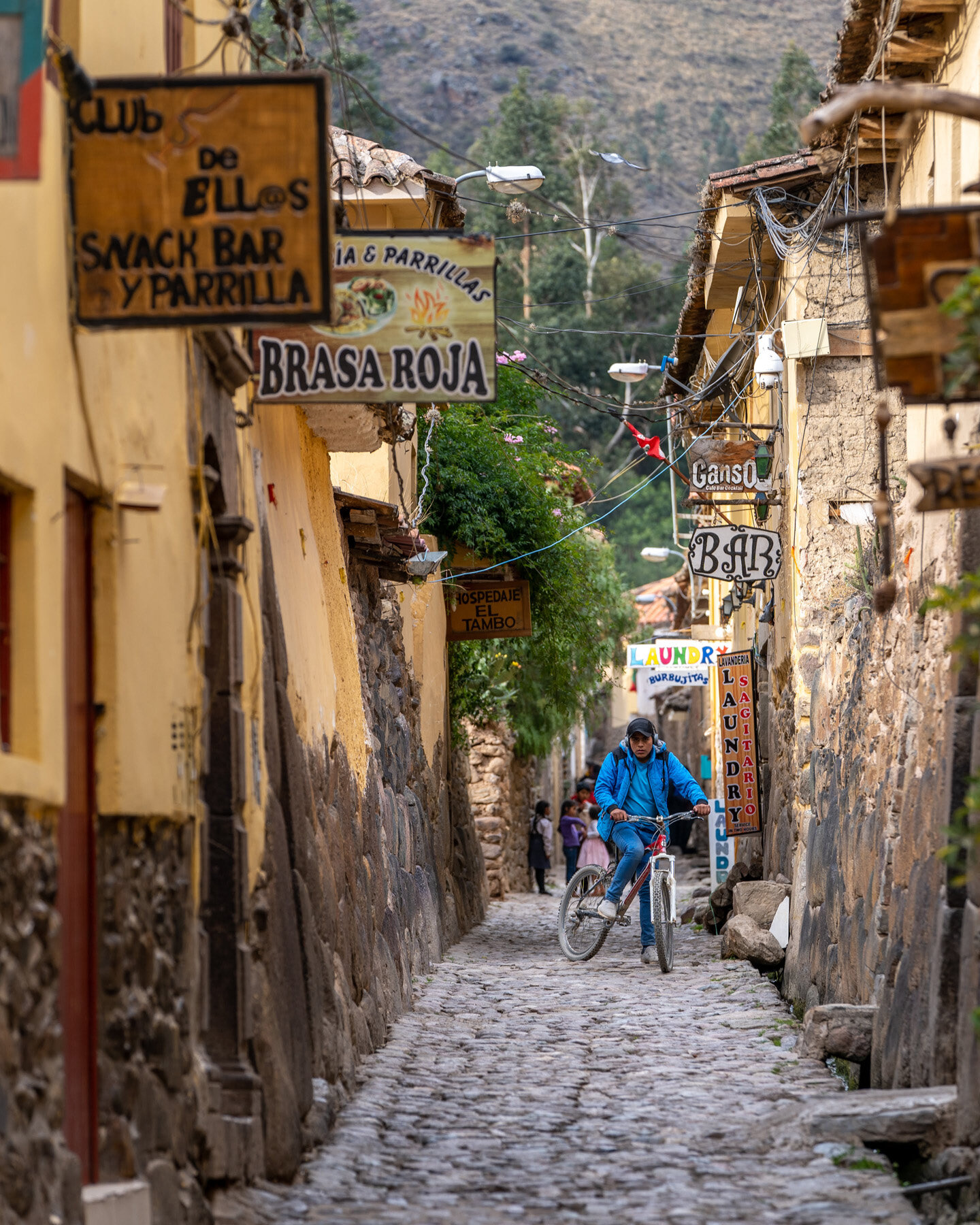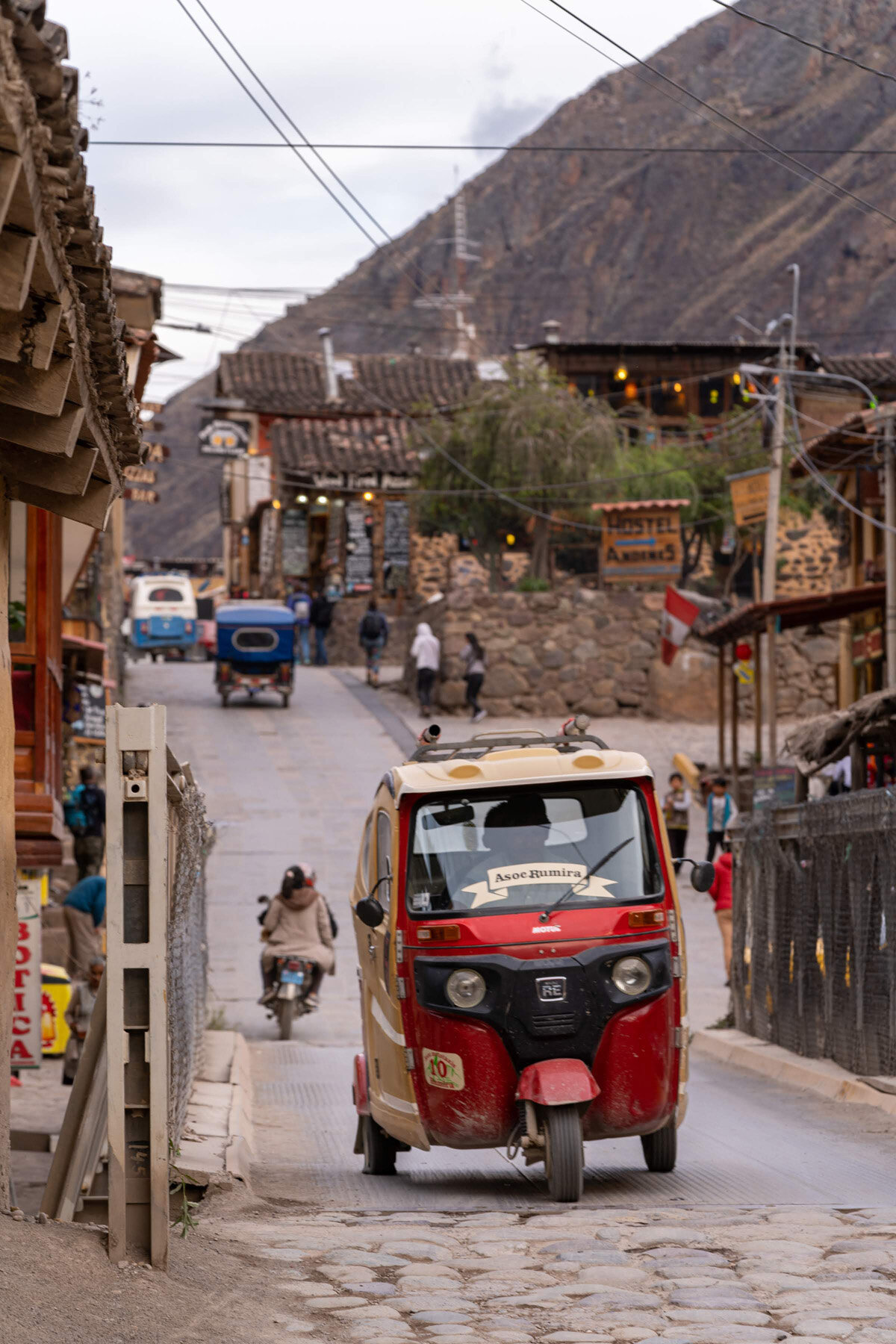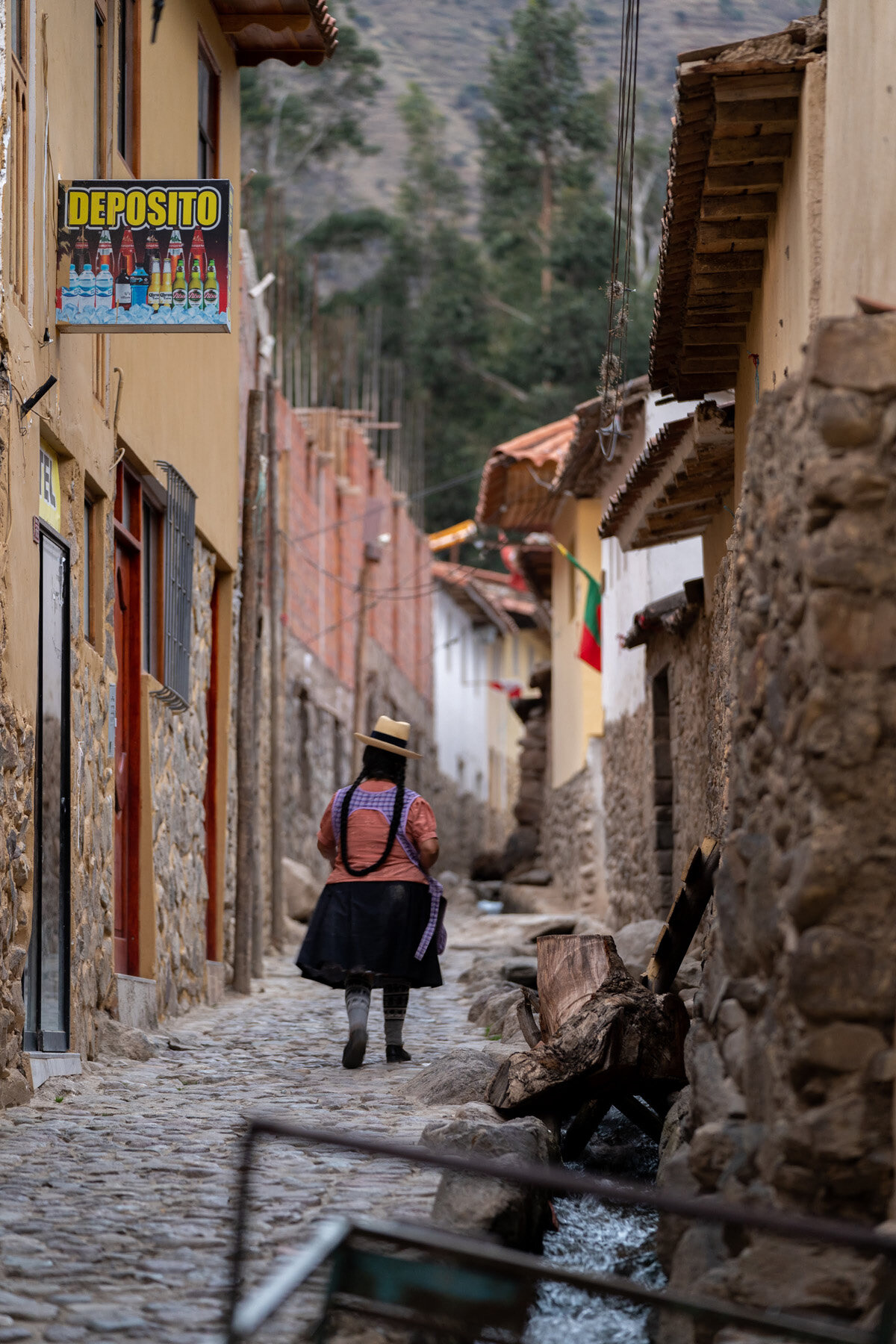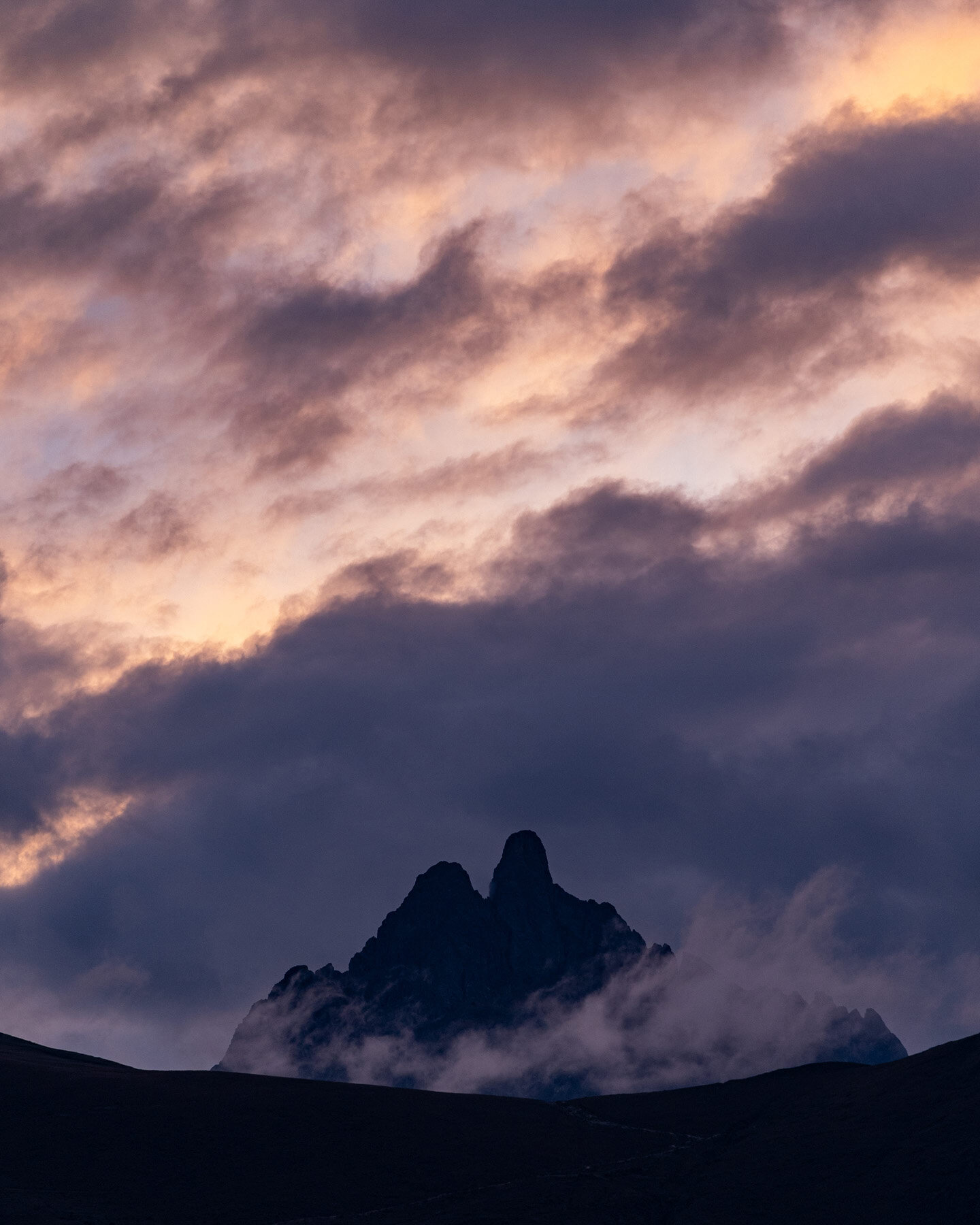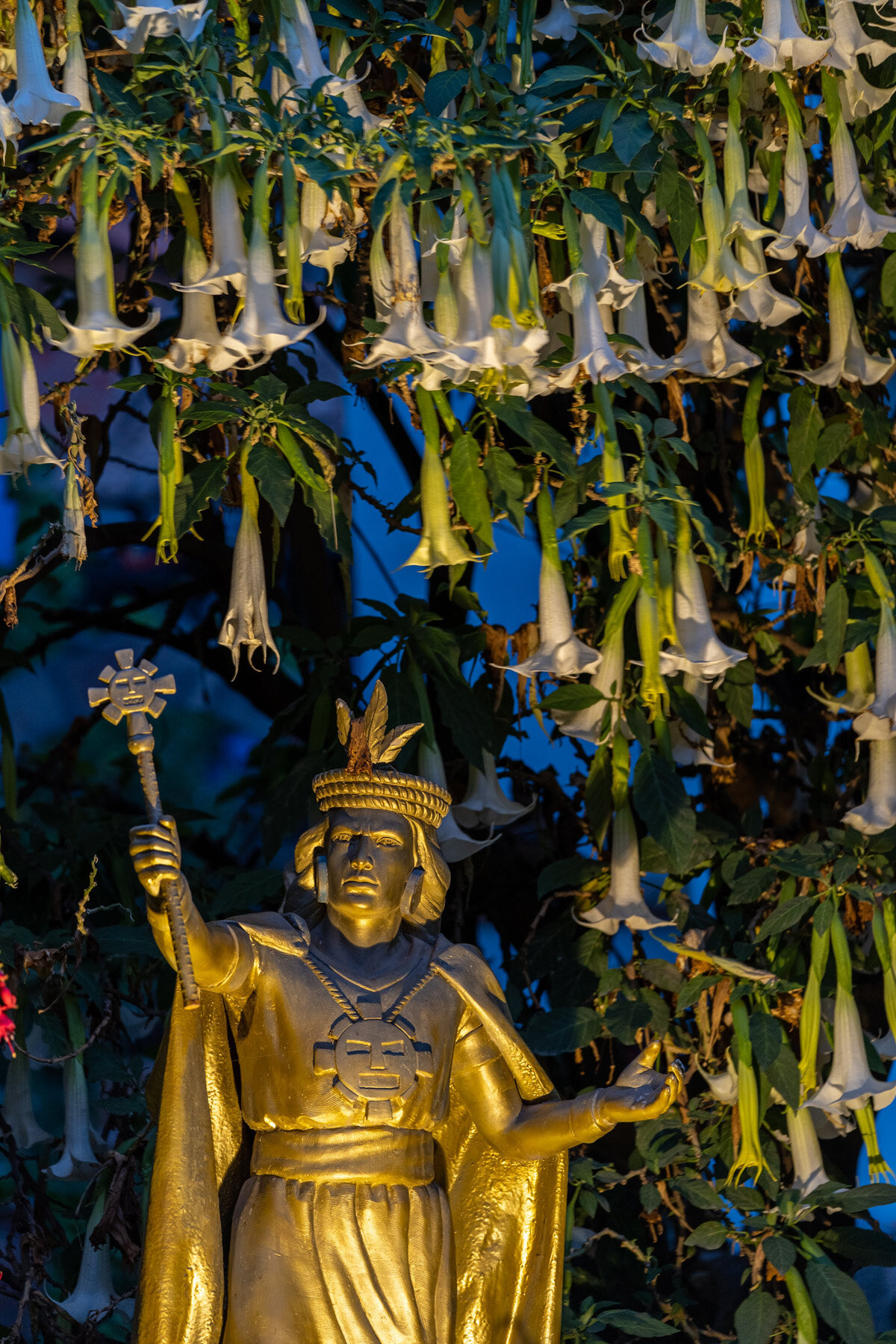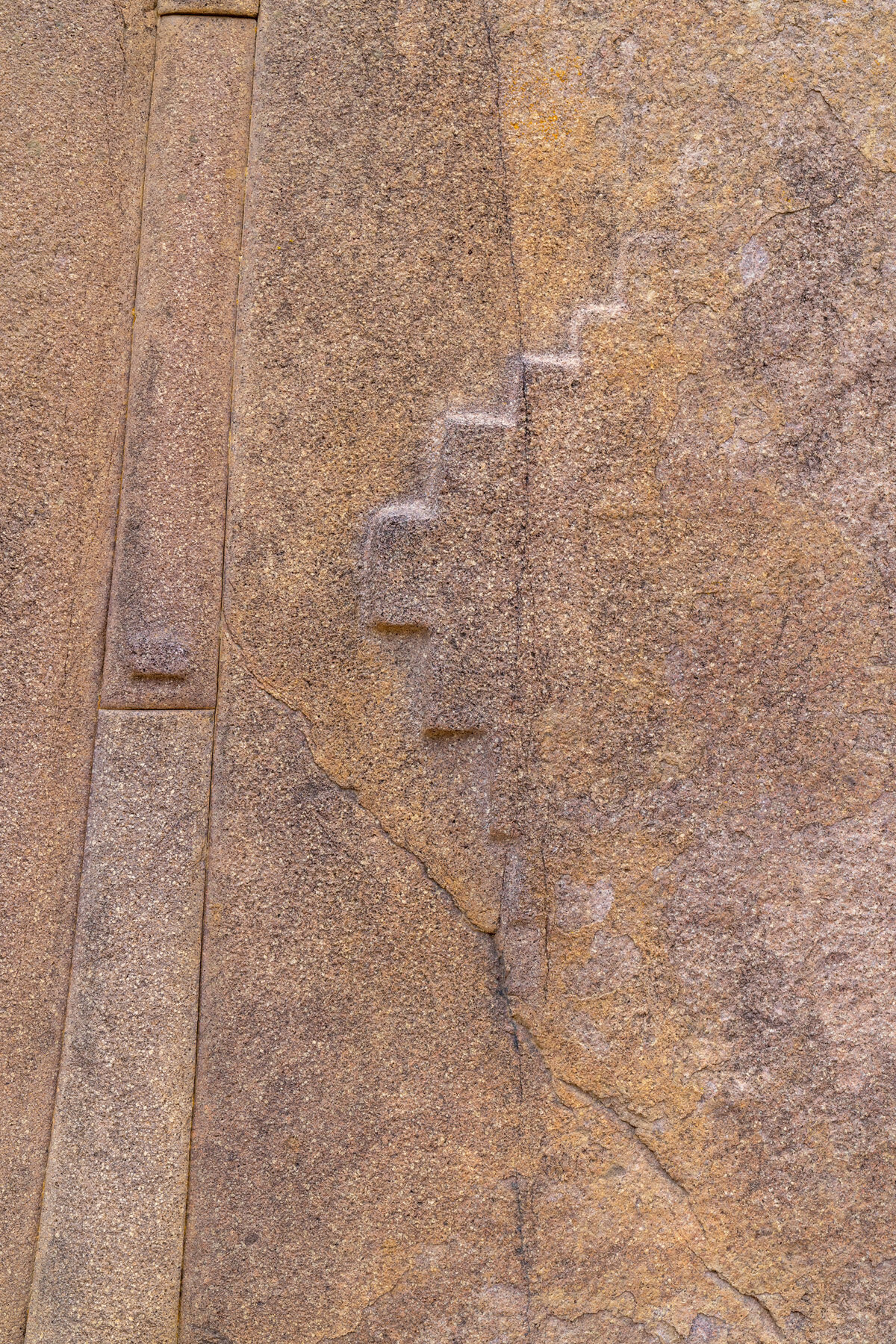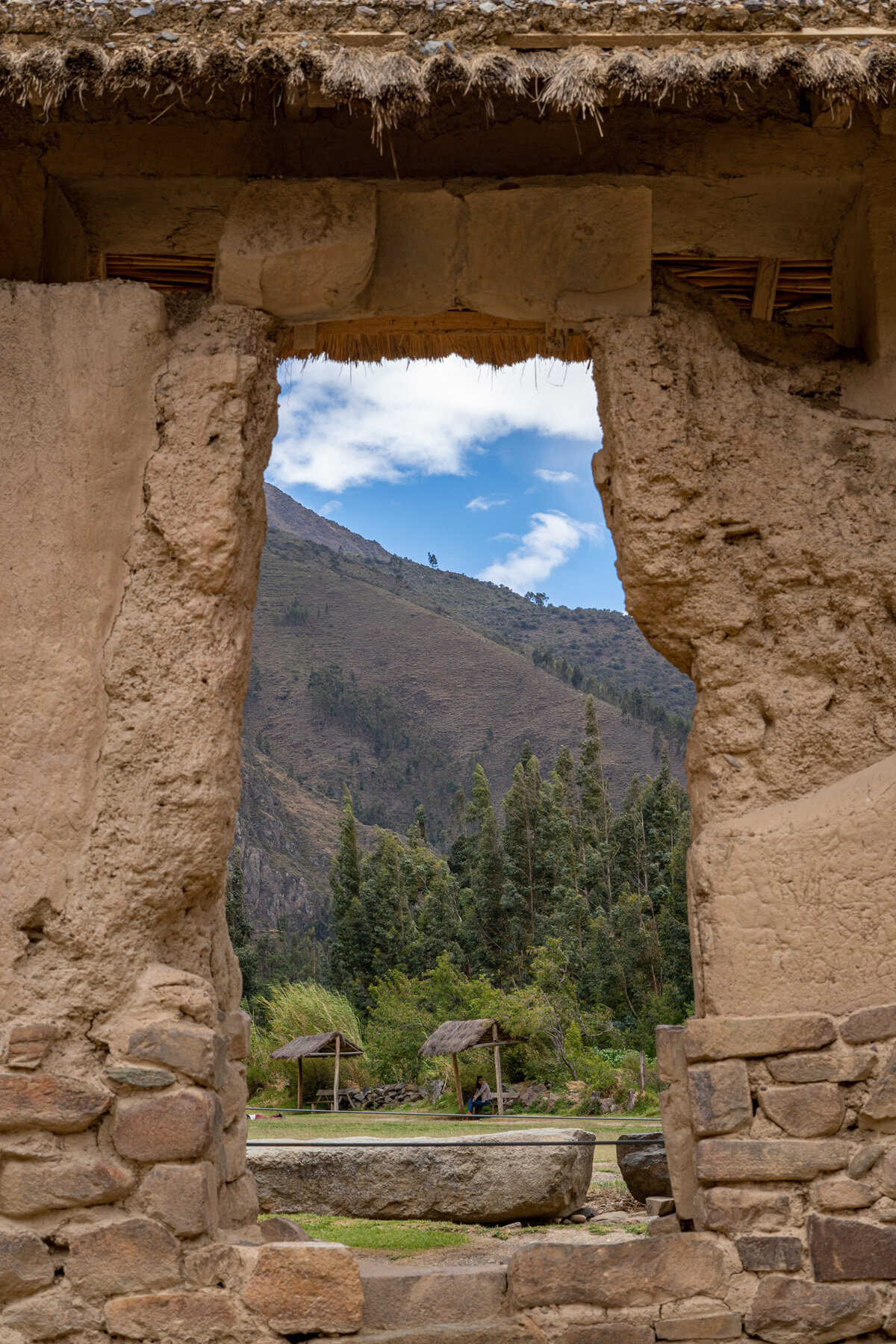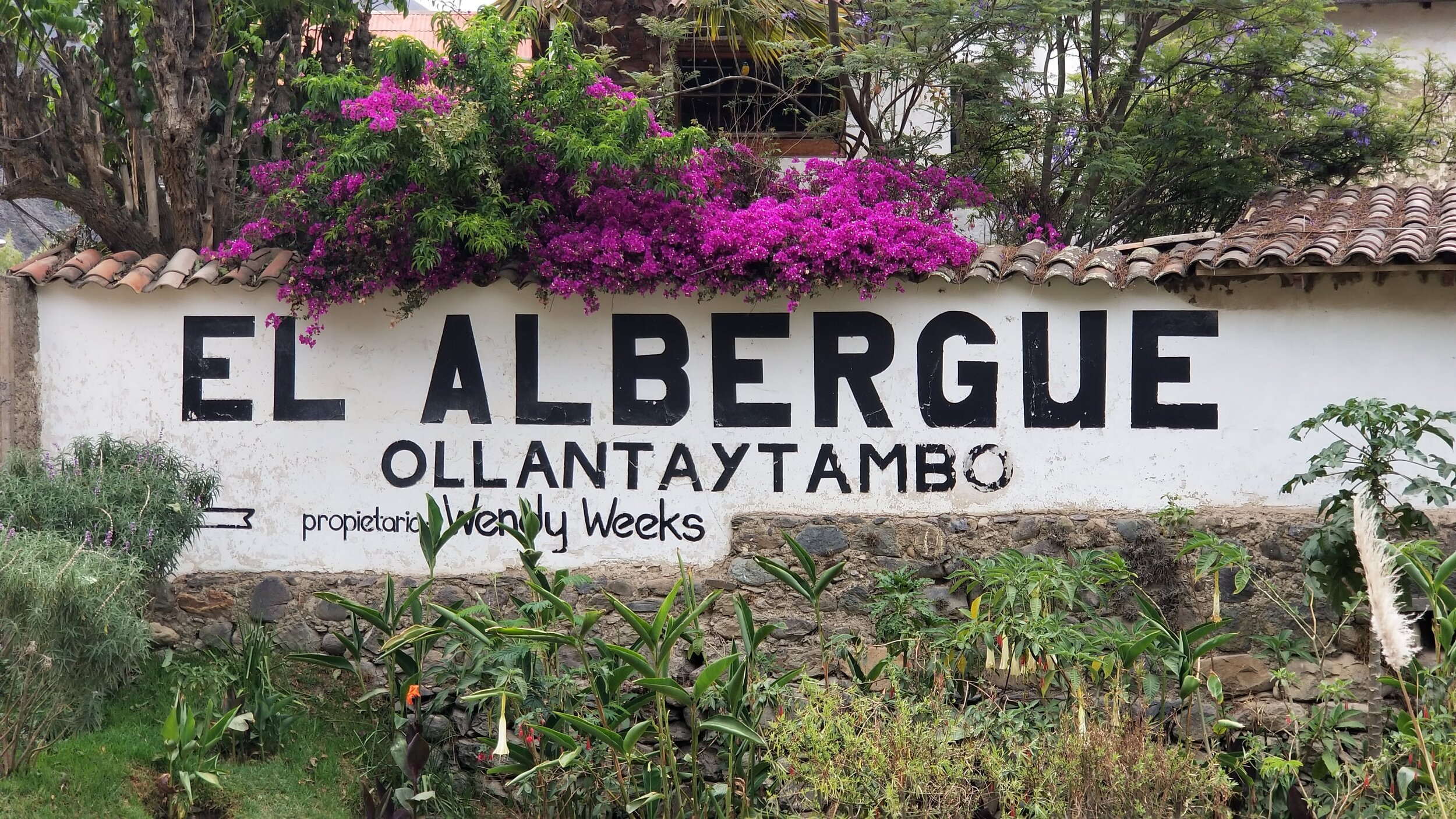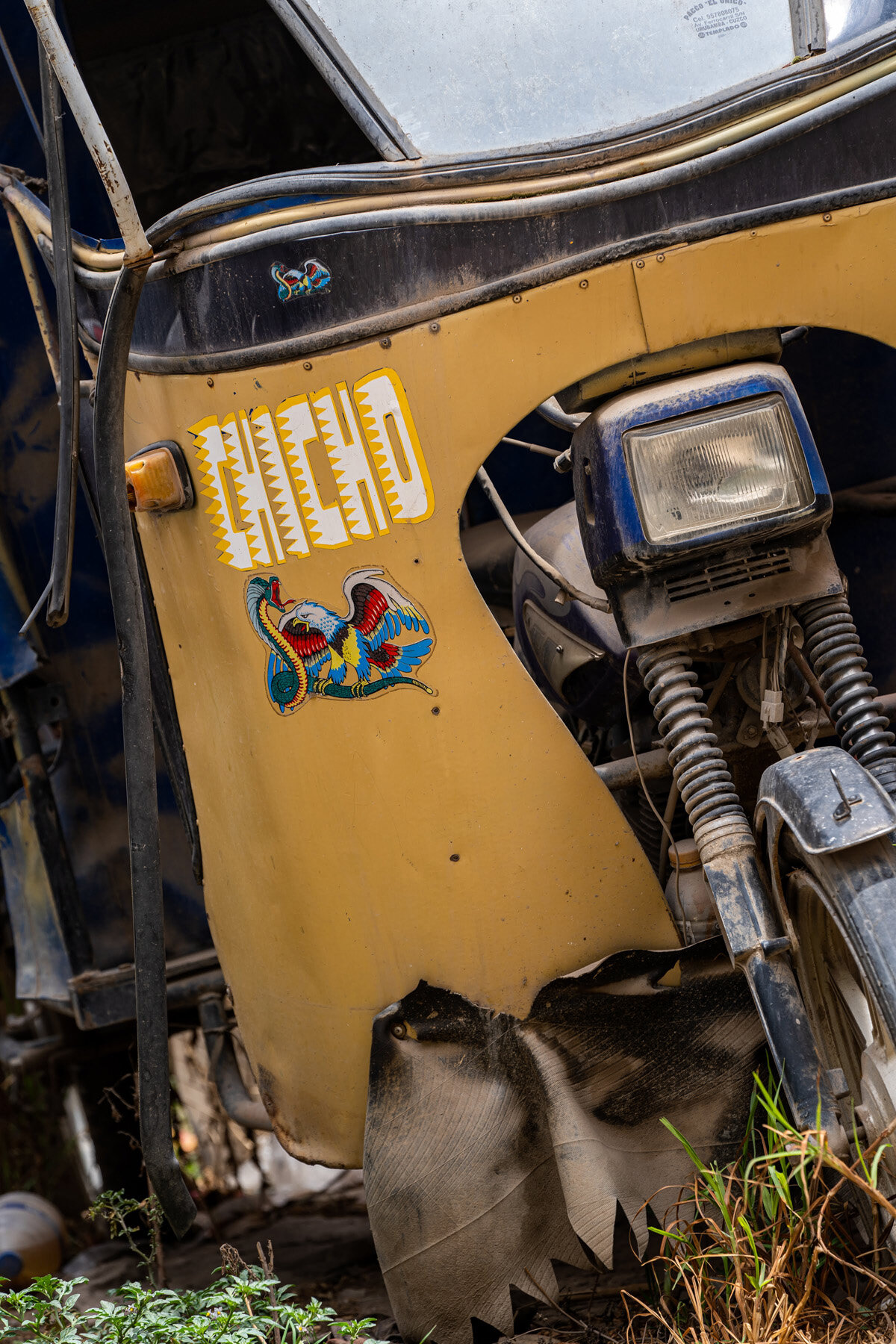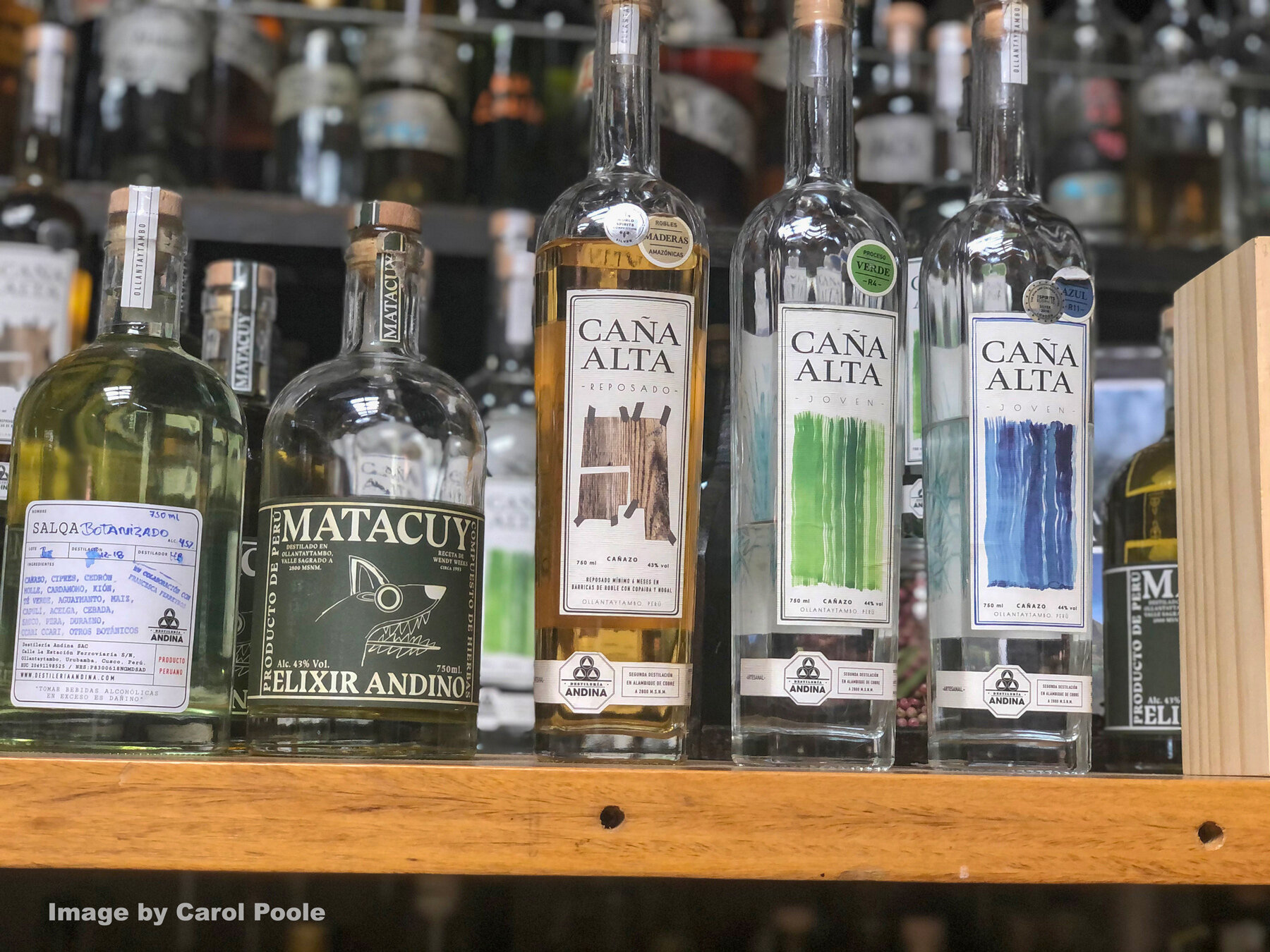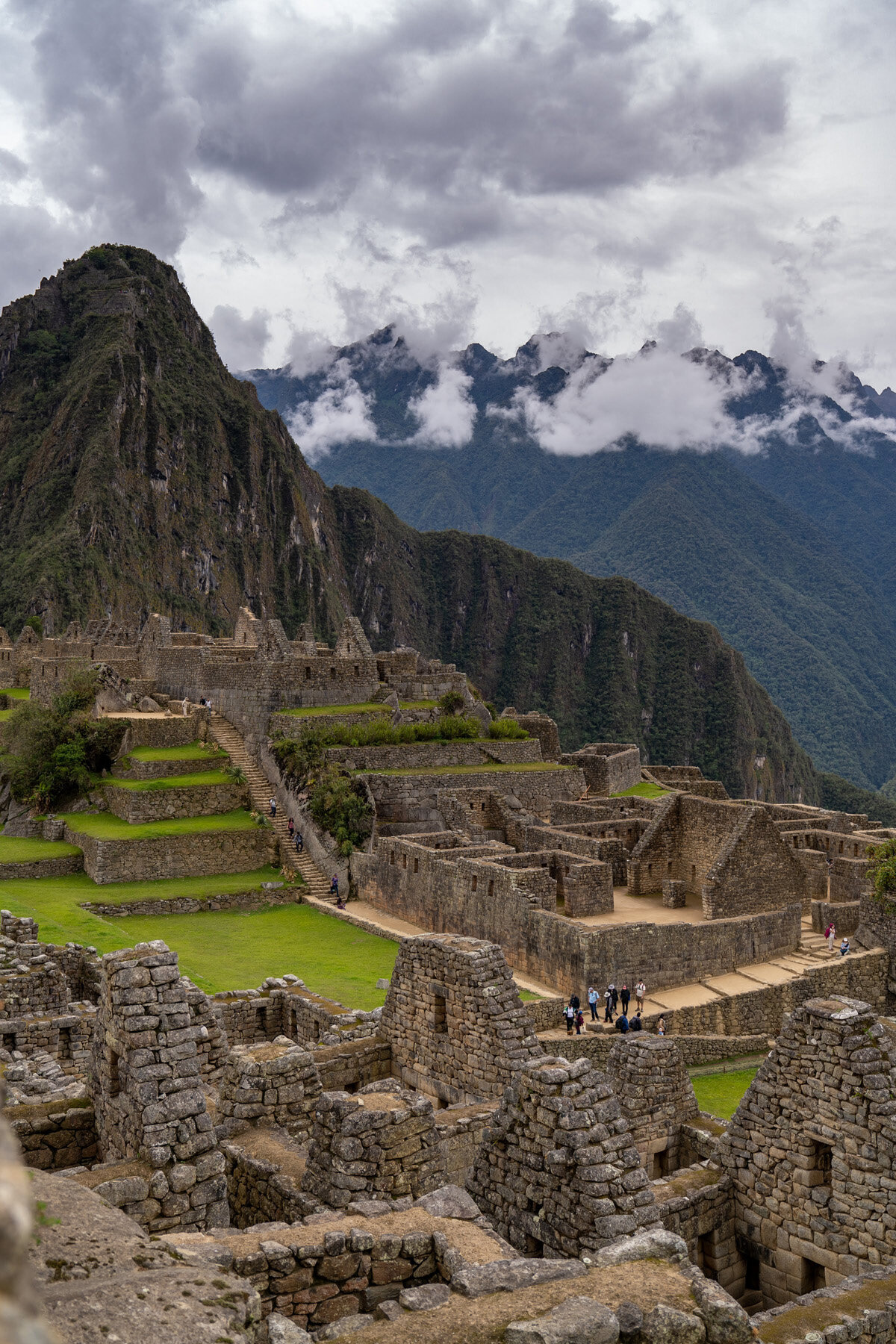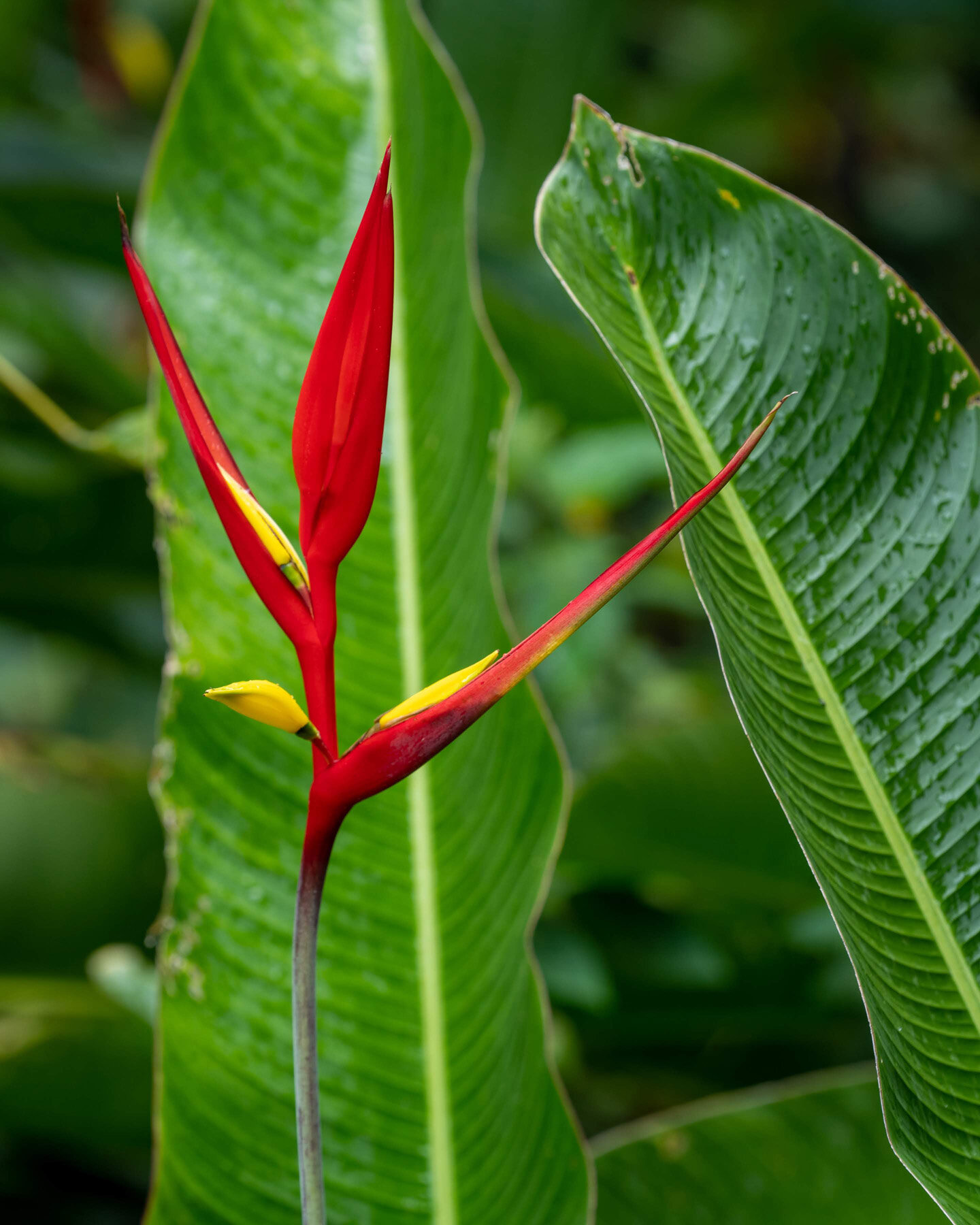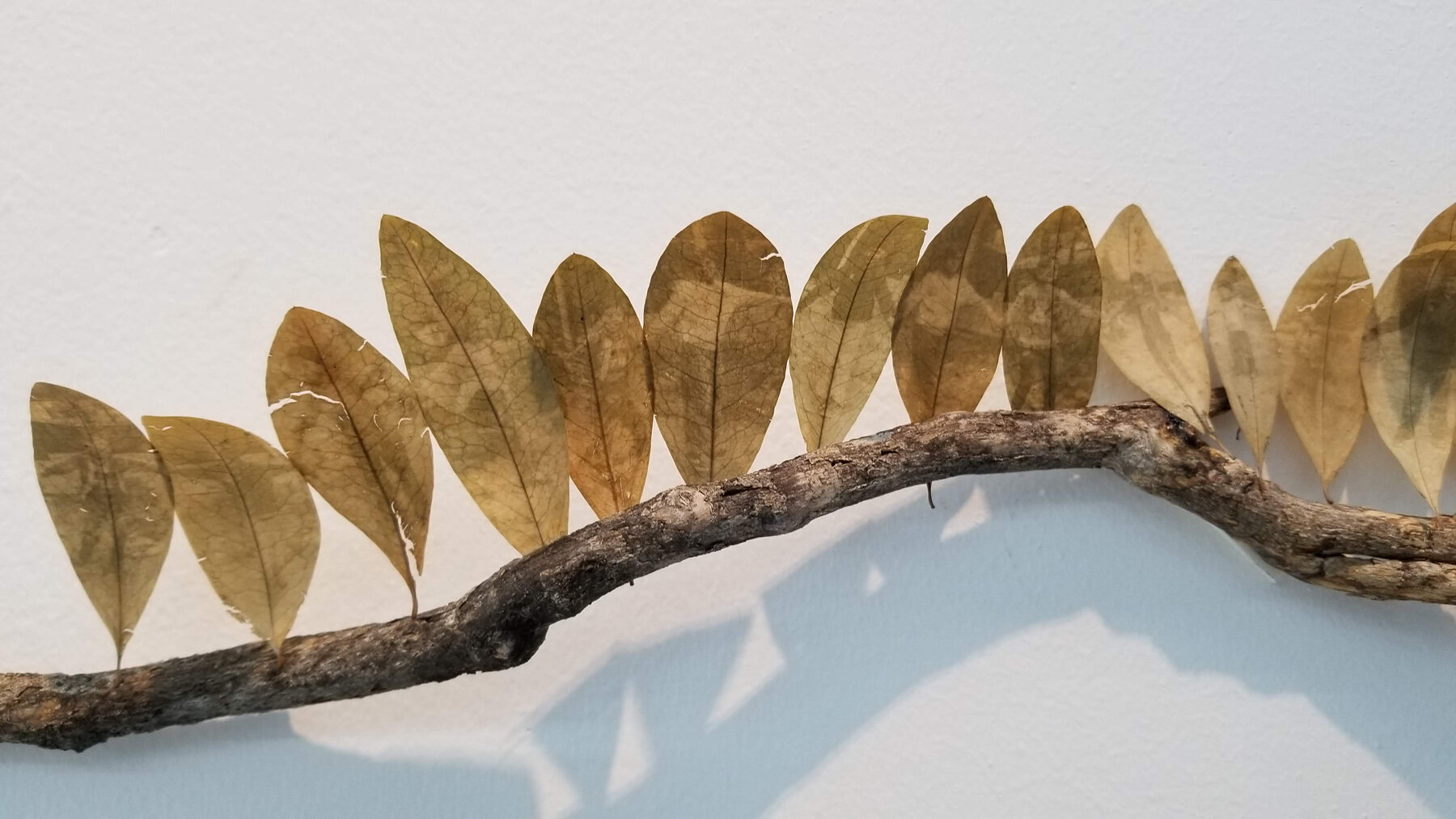Peaks n' 'Pacas in Peru - An Alpaca Fueled Trek Through The Andes - Part 5 - You Knew It Had To Happen - Machu Picchu
“The Temple of the Sun.”
That’s where she told us we were standing as she explained that everyone gets it wrong when they call it the Incan Empire.
For it was not an empire at all.
Empire suggests violent conquest and bloody battles and walls and impenetrable fortresses.
But here, apparently, the doors were always open. There were no closed gates or barriers to entry into the Incan communities. It was open to anyone and everyone. Until Spanish rule, she explained, the Incan culture expanded through peaceful assimilation. In fact, the Inca Trail itself was designed to connect all parts of the Incan territory, stretching from Columbia all the way down to Bolivia.
Therefore, rather than empire, she posited Incan Civilization.
Now, whether or not this was an attempt at softening what is stereotypically imagined as a bloody and violent era or rule, perhaps we’ll never know. But being as how most of what we know about the culture during that era was taught to us through the same systems that encouraged us to distrust the very indigenous populations upon whose land we currently inhabit, I wouldn’t be inclined to simply brush off our tour guide’s interpretation without further study or research.
Regardless, standing at the top of the terraces that are the visible centerpiece of the Incan ruins at Ollantaytambo - once the home of Inca nobility due to its protection by the natural landscape, later to become the last stronghold against Spanish colonial conquest in the late 15th century - and looking upon the town as it disappears into the tight valley ahead of us was a fitting and anticipatory moment for what lay ahead, the next and final stop on our itinerary, just a train ride away.

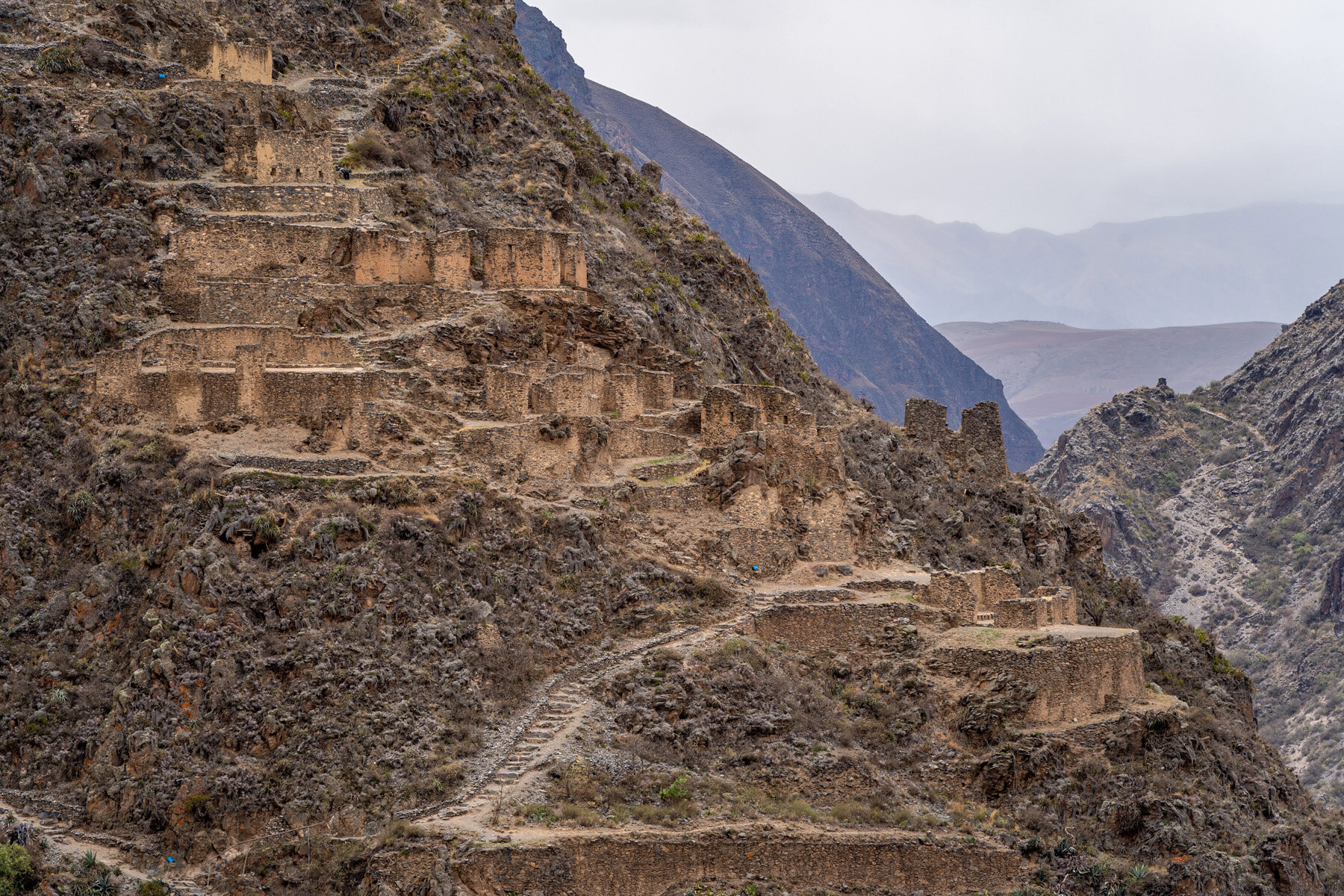
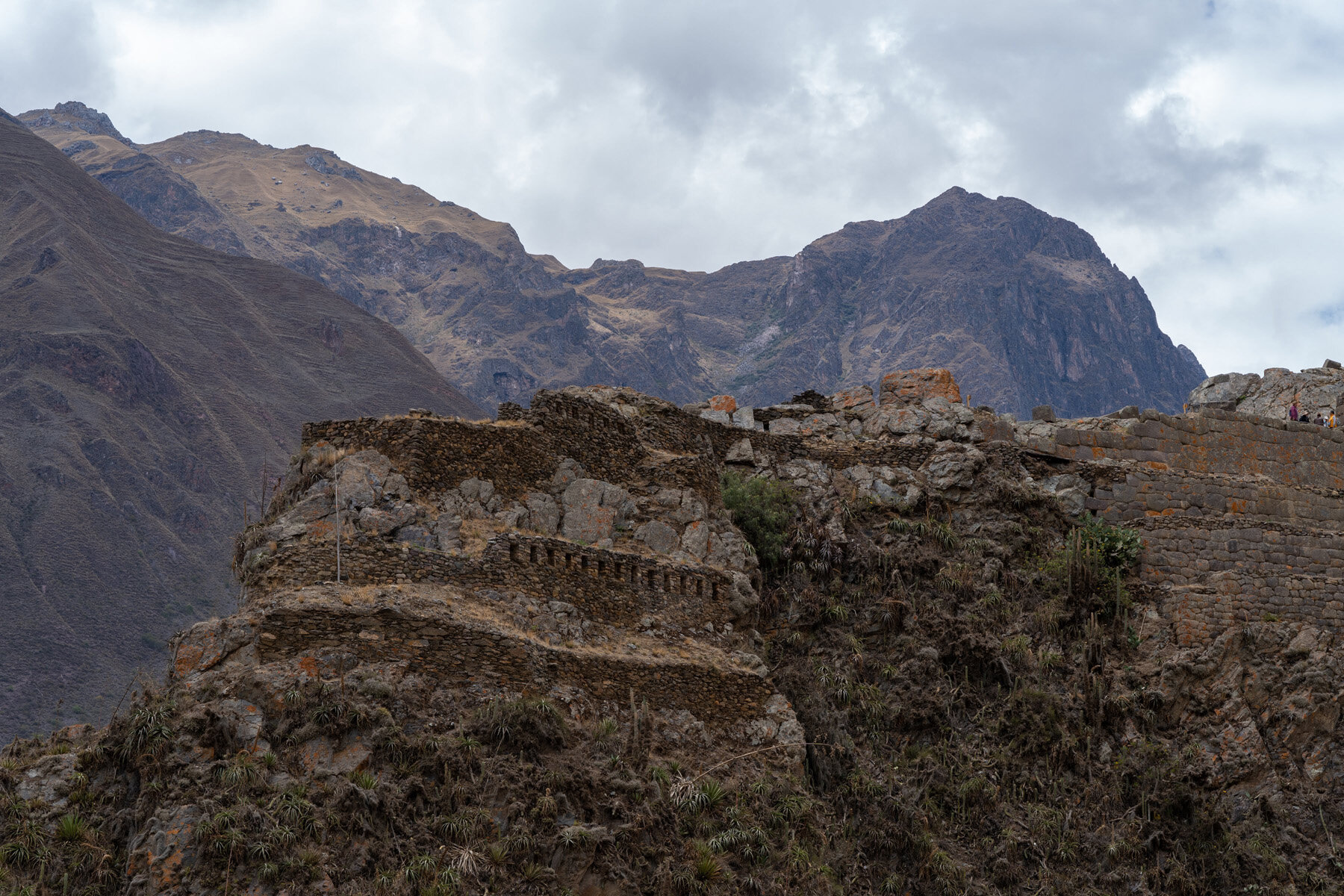
But, as has been par for the course, our guides had yet another welcomed pit-stop along our walk towards the train station.
El Albergue de Ollantaytambo - a hotel, farm, coffee roaster and distillery who, rightfully, take great pride in their organic and sustainability practices in everything from their food, much of which is grown and raised on site, to their coffee to their unique spirits.
We were given a tour of the grounds, taste tested their coffees, sipped on their spirits, and lunched in their eatery. And that’s when it began to sink in - we were just one afternoon away from a bucket item list since that first time I saw a photo in my dad’s National Geographic nearly 4 decades ago – Machu Picchu!
Fittingly, it was one epic train ride that got us there.
The ride from Ollantaytambo to Aguas Calientas, homebase for anyone visiting Machu Picchu, took place on Peru Rail’s Vista Dome, whose carts are outfitted with ceiling windows, offering a panoramic view of the landscape as you get deeper and deeper into the valley - jungles that got richer and lusher and greens that got deeper and more mystical with each passing tie.
We arrived at Aguas Calientas, a town tucked so deep in the narrow valley that there isn’t even enough room for roads for cars, just in time for a group dinner before retiring to our rooms.
The following morning began our ascent to the other side of the valley to Machu Picchu, a 30-minute or so switchback laden journey by bus. And ironically, being as how this has been a target destination for most of my life, there isn’t really much to say about Machu Picchu itself.
It’s exactly what you expect it to be.
Stunning.
It’s impossible to stand before, marvel at the sheer magnitude of the expanse of carefully masoned rock structures and terraces that make up the centuries old citadel, and not wonder how in the hell this thing was created.
Here.
In the midst of an imposing collection of impossible cliff-faces.
It was hard enough stomaching the drive up, let alone theorize hauling house-sized rocks from quarries dozens of kilometers away.
It’s quite a heavy experience to walk through and around and under and over this precariously placed world wonder and fantasize about what went down here. How many people sacrificed their lives just building this thing, not to mention those that perished via whatever conflicts arose at the height of the colonial activity.
No pictures or video or anything short of making the trek in person can do it justice.
It’s just one of those cliches: you have to see and experience for yourself.

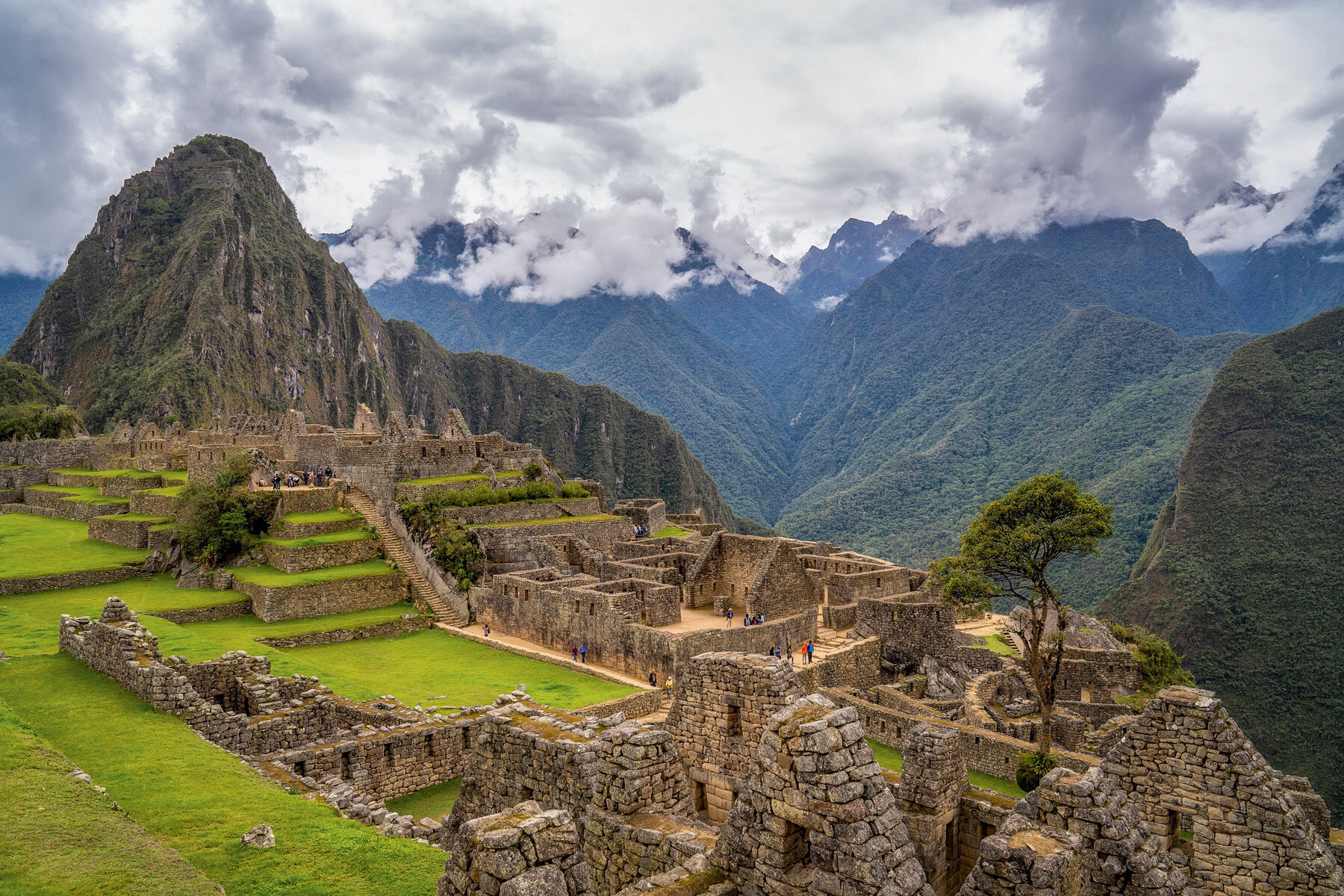
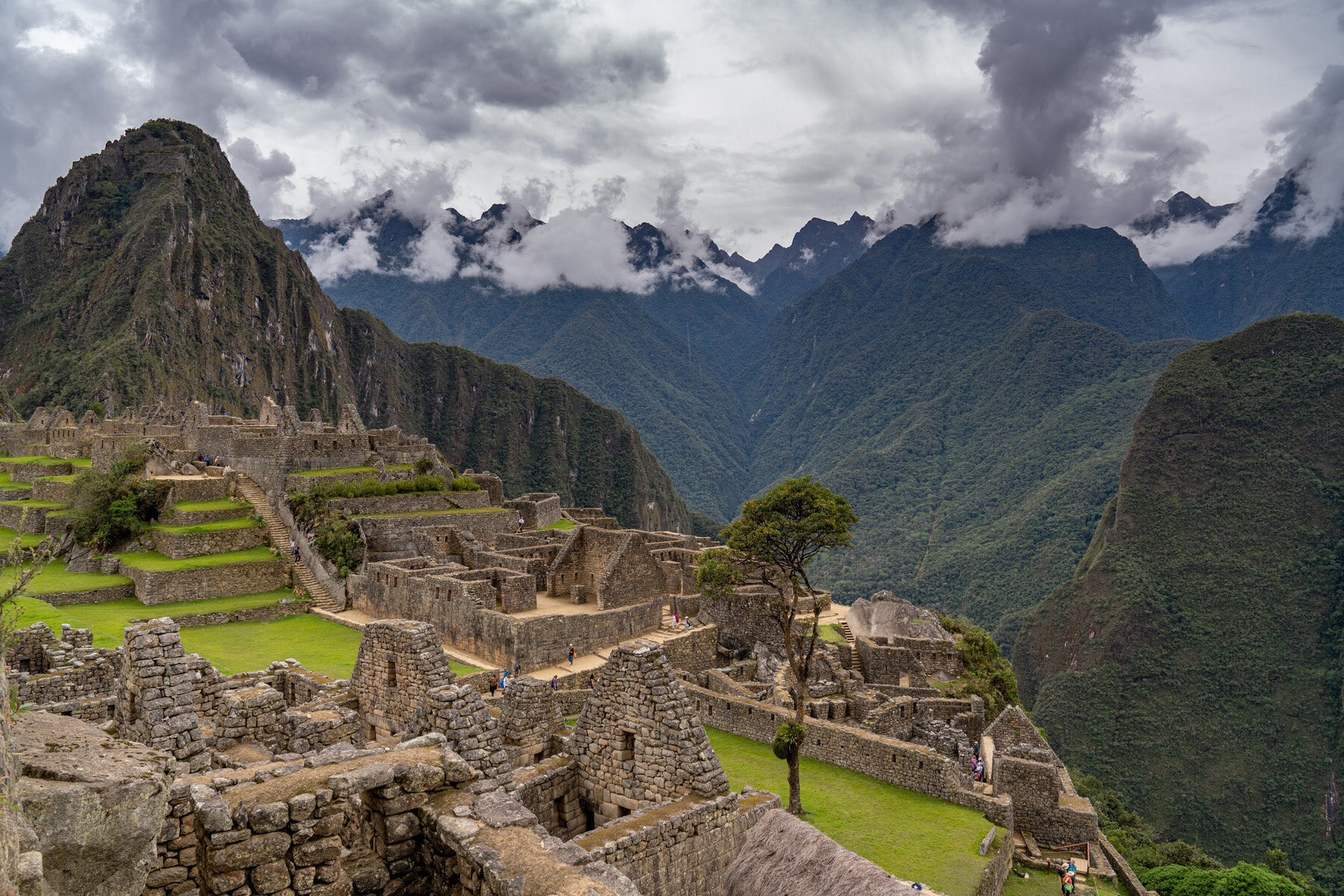
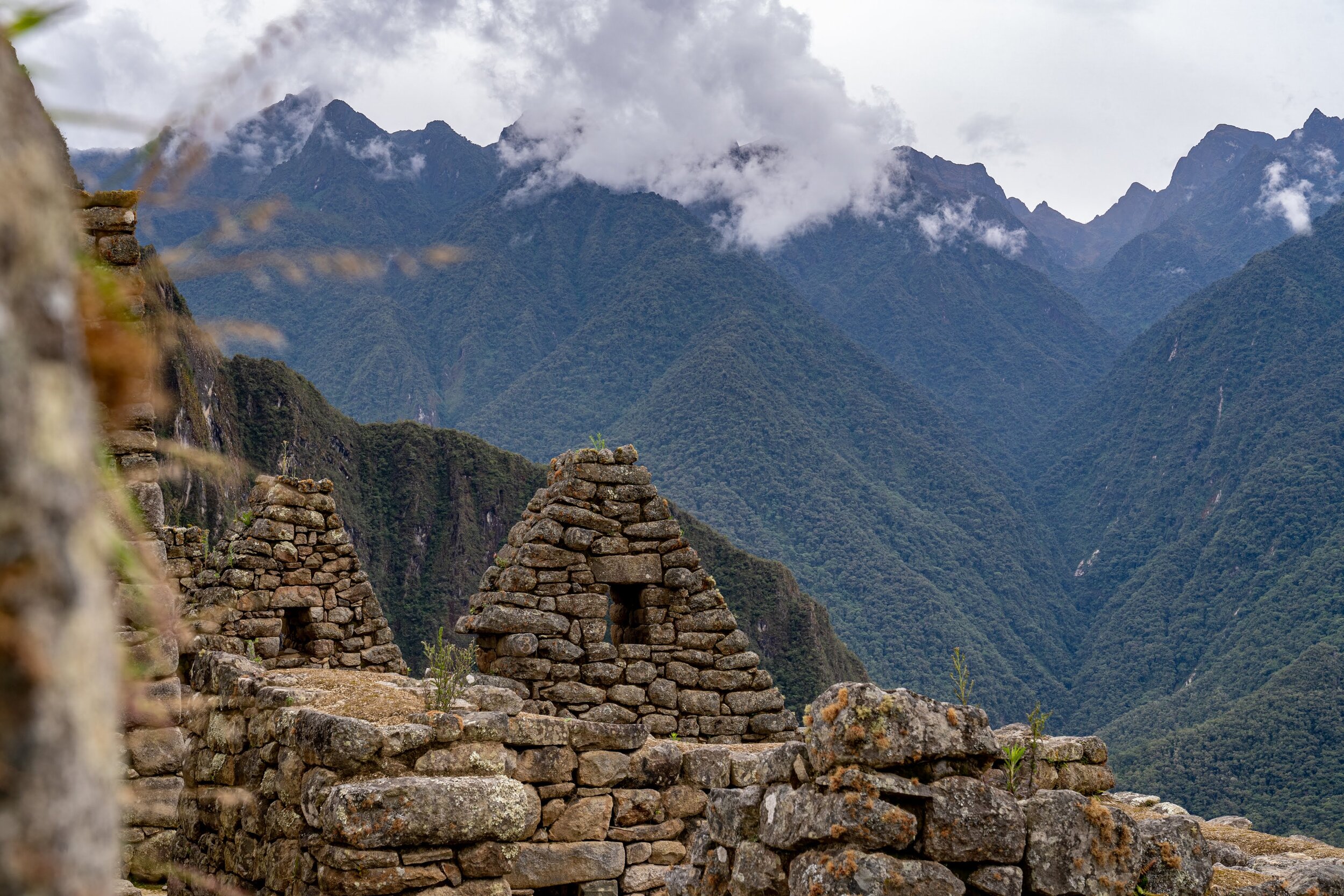
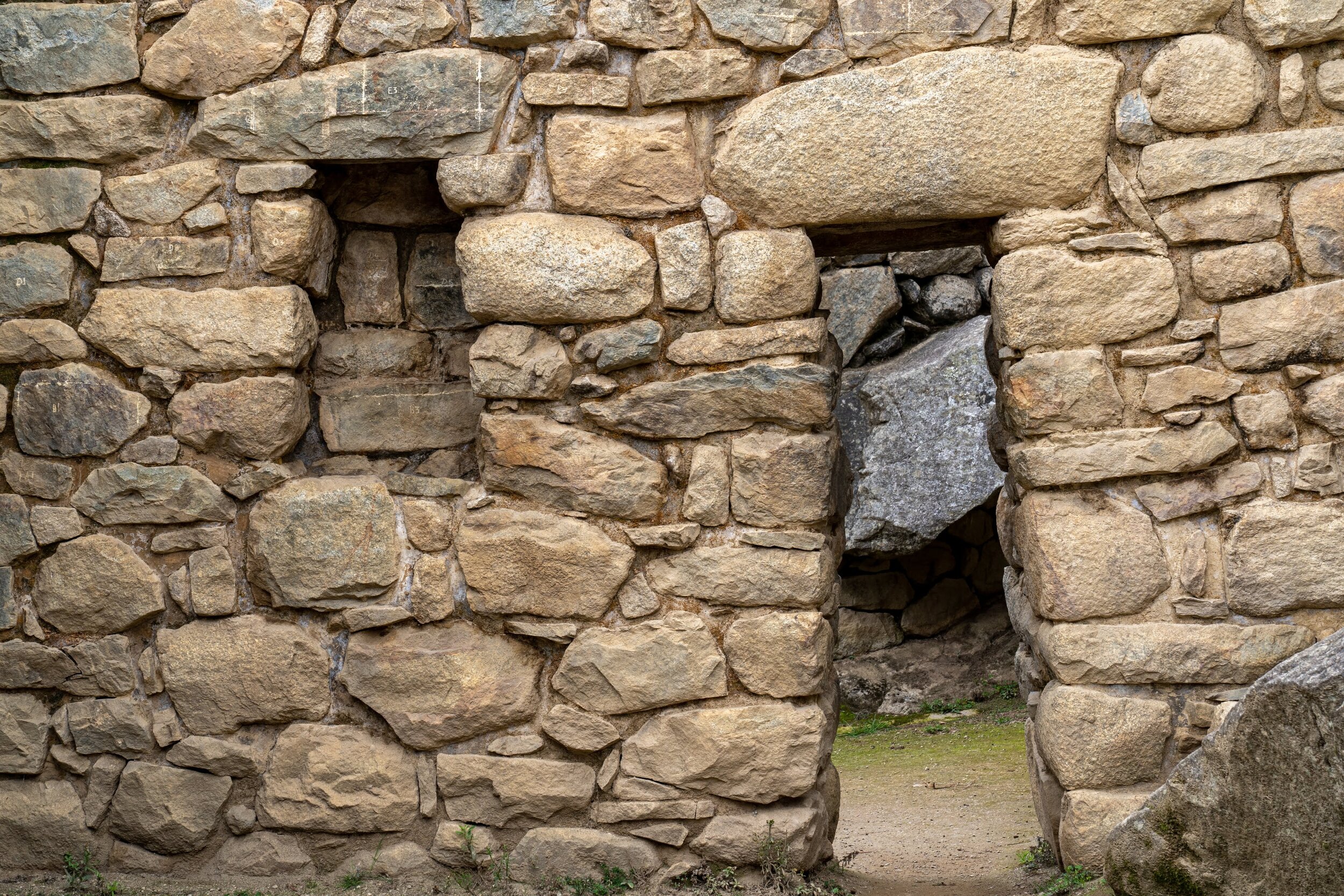
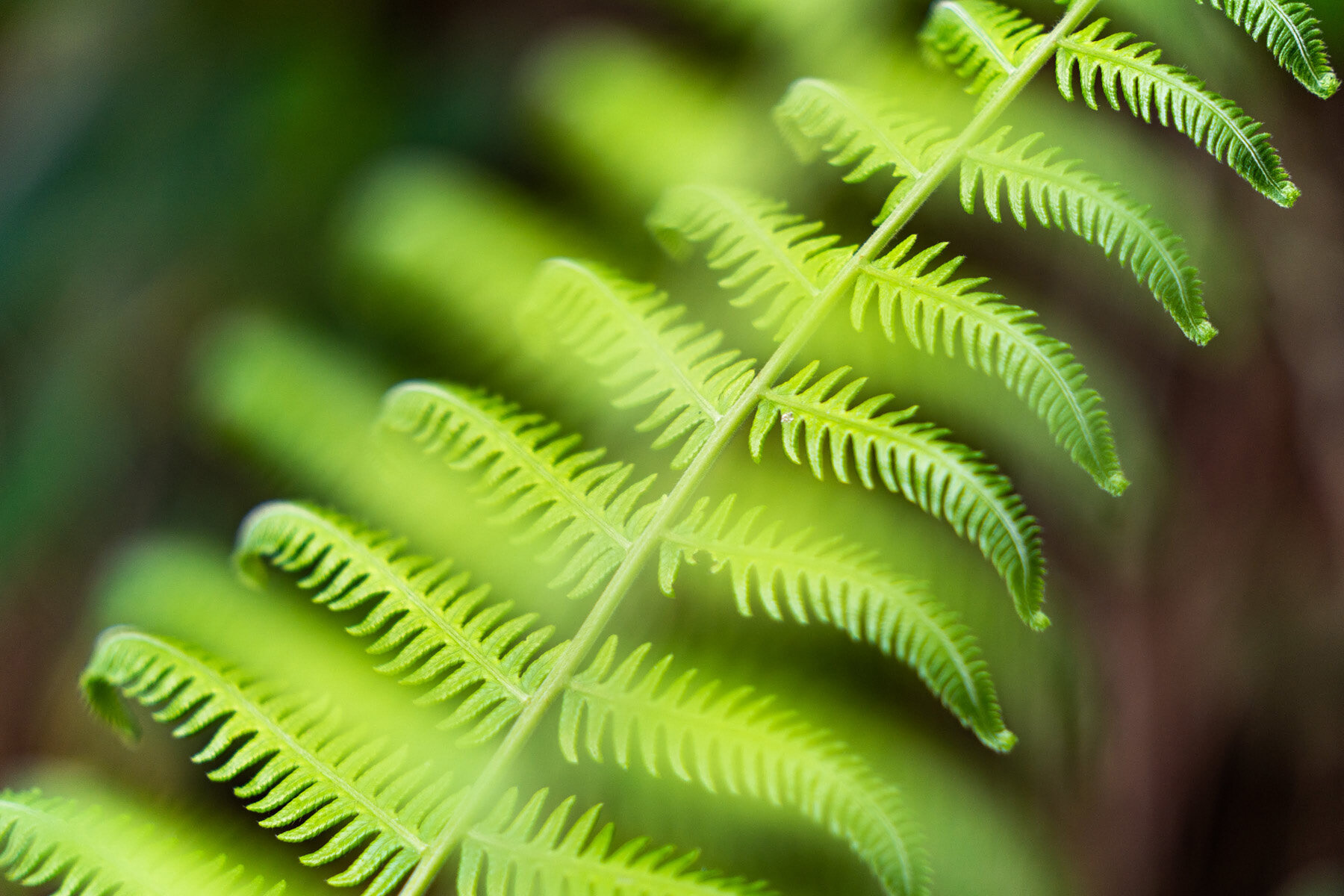

While the majority part of the group tackled the Huayna Picchu hike, which takes you on a steep intensive climb to the peak just above the ruins, the other part, which included myself, was unable to secure to proper passes in time, which, quite honestly, worked out quite well, as we had our own personal tour guide up a prominent part of the Inca Trail to Sun Gate (Inti Punku), once the main entrance to Machu Picchu, for a whole new set of spectacular views of the compound.
After the groups reconvened, we entered the gates and were led on a walking tour through the citadel before grabbing a bite to eat, acquiring our obligatory Machu Picchu Passport stamps, and loading back up on the buses to make our way back down the mountain to our hotel.
The following morning saw our journey back towards Cusco, where we all converged for our final teary-eyed good-byes before beginning our respective trips back home.
It’s hard to imagine that these people were all complete strangers just 12 days ago, for by the end of it, they had become family.
For anyone that has never traveled with a group before, after this experience, I couldn’t recommend it more. And that’s coming from someone who is quite prone to social anxieties and is usually much more comfortable flying solo, with no constraints on where and when and how and what.
But this experience completely changed my perspective on what a group trip could be.
When it first starts, it’s like any relationship, you’re kind of feeling each other out, seeing where and what people’s boundaries are, but quite quickly, all of that dissipates. Once you realize that you’re basically stuck together at ungodly altitudes hundreds of miles away from any recognizable respite, you realize that you also will be depending on each other much of the way.
It’s not long before you start to learn each others sleep patterns, what ticks each other off, and what gets them excited, their bowel movements, and you learn not to only live with it, but also to love it (yes, including the bowel movements, the source of many a comedic momement…).
You literally become a family.
And the shared experiences only amplify that.
When you're soaking freshly spun yarn in fermented urine together and traipsing through alpaca poop and collectively agreeing to take a chance on the home-made cheese in a Peruvian town where you're advised not to drink the water.
When you take turns peeing behind the same gas station wall and you find yourself laughing at yourself for being wannabe yogis in the streets of a remote Peruvian village where the locals passing by first laugh at you, then JOIN you!
All your differences melt away and become your character.
And what remains? The shared humanity amongst us all.
My trepidations of being locked in a bubble with a dozen complete strangers from various walks of life in close quarters for two weeks in a foreign country where you don't speak the language ended up leading to the what is easily one of the most incredible and memorable experiences I've had in my time on this planet so far.
THIS is why I long ago vowed to make travel, and forcing myself out of my comfort zone, an integral part of my life.
For THIS.
THIS is life.
THIS is living life.
When you're thrown so far out of what you know that the only way to survive intact is to give yourself over to your vulnerabilities, for you begin to realize that those shared vulnerabilities leads to collective strength. Conversely, amplifying the realization that the walls we are so used to putting around us, blocking ourselves from living these experiences, only leads to collective weakness.
These are the types of experiences that teach us that.
These are the often uncomfortable, but always rewarding, experiences that introduce growth and perspective within our own being.
The trick is to hold onto that and draw upon that every time we begin to fall back into our own psyches and routines.
A reminder that we are all part of the same whole, and every every choice we make and every action we take, affects every other part of that whole.
This wouldn’t be complete without giving a HUGE shout out to our driver Raul! Oh my god what a good sport that man was! He tried very very hard not to laugh at us, but we did NOT make that easy. Who am I kidding? He laughed his ass off at us. And we deserved it! We must have easily covered a few thousand kilometers over the course of those two weeks and ne’er a complaint or obstacle too large for him to navigate, from pot-hole laden back dirt-roads to a van full of yahoos yappin’ through shenanigan after shenanigan. God bless you Raul!
After flying back from Cusco in the morning, my final day in Peru saw me with a free afternoon in Lima.
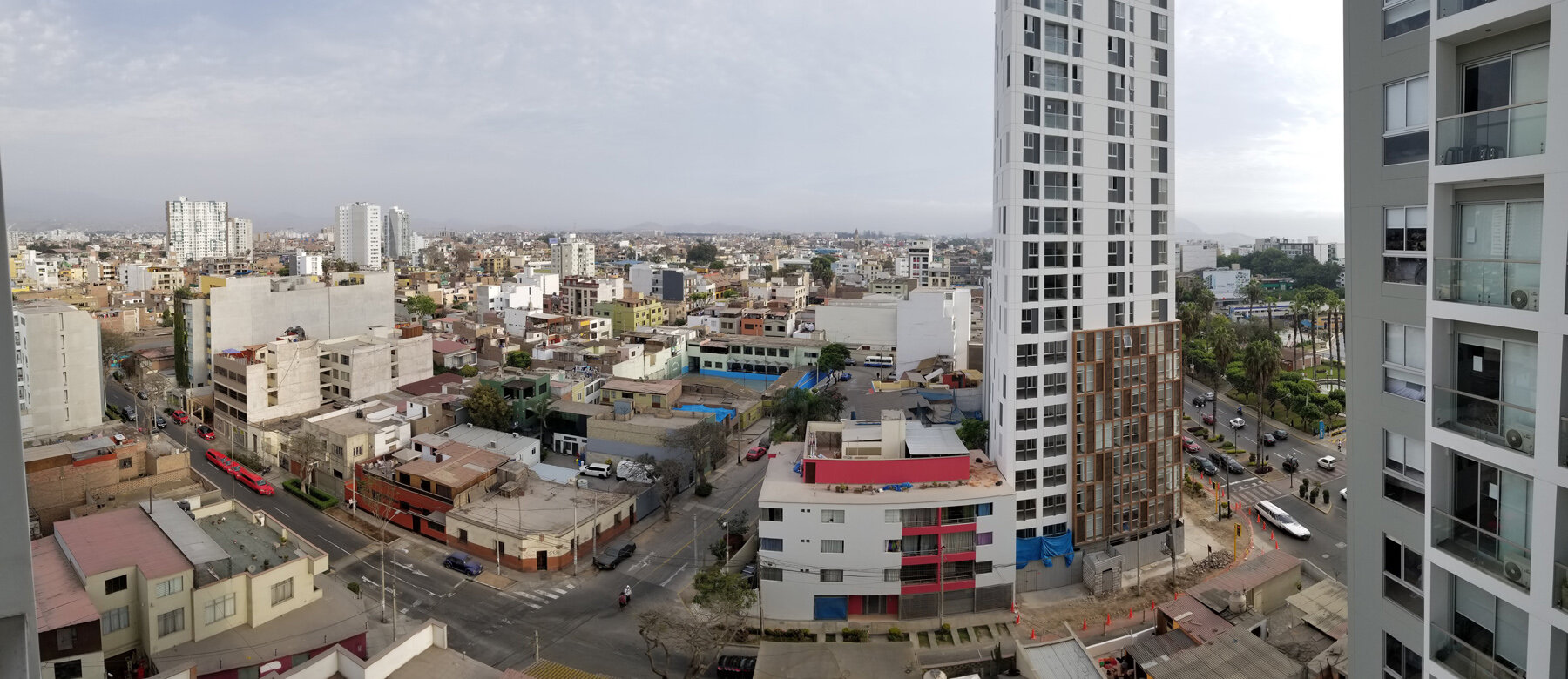
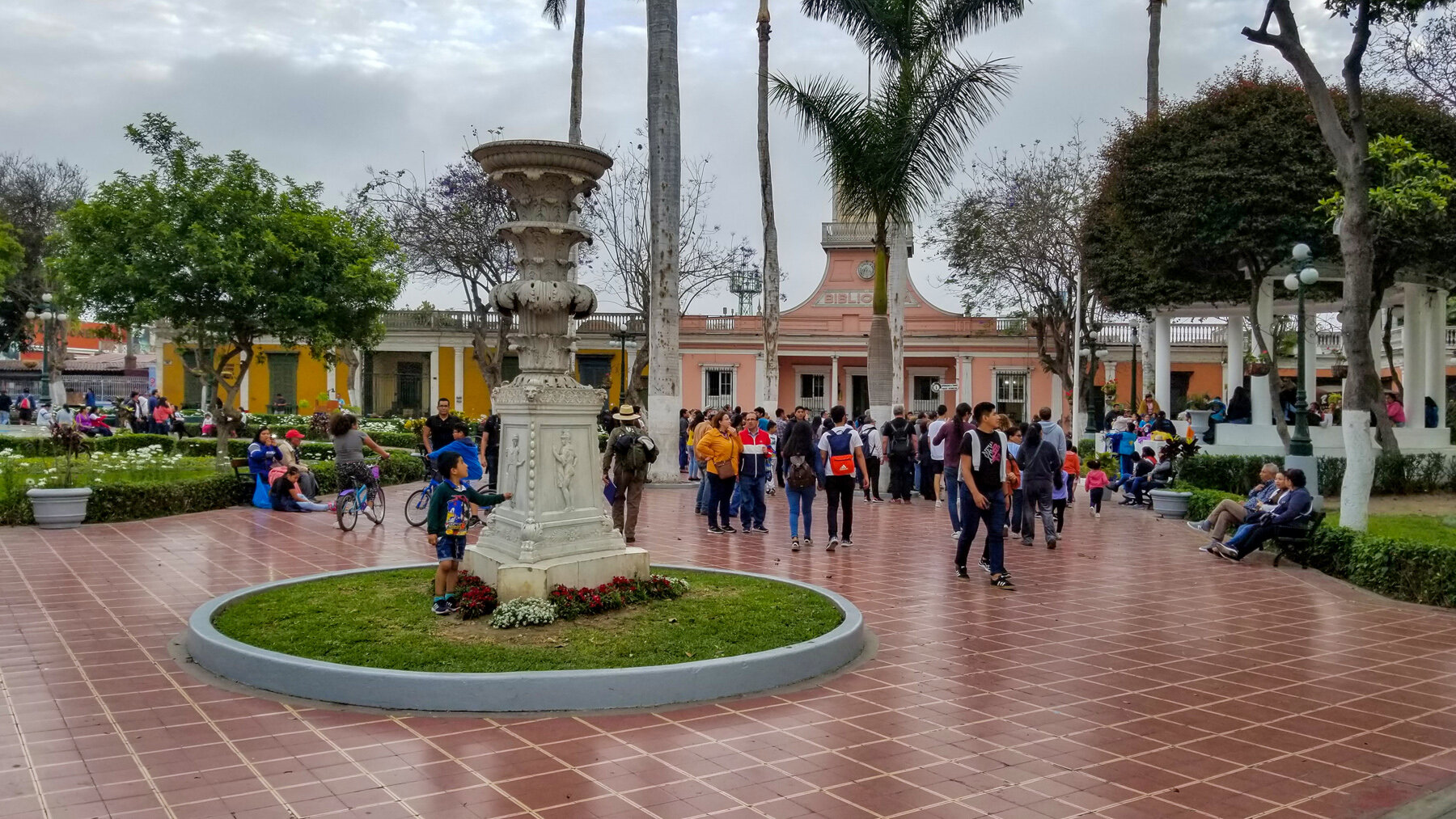

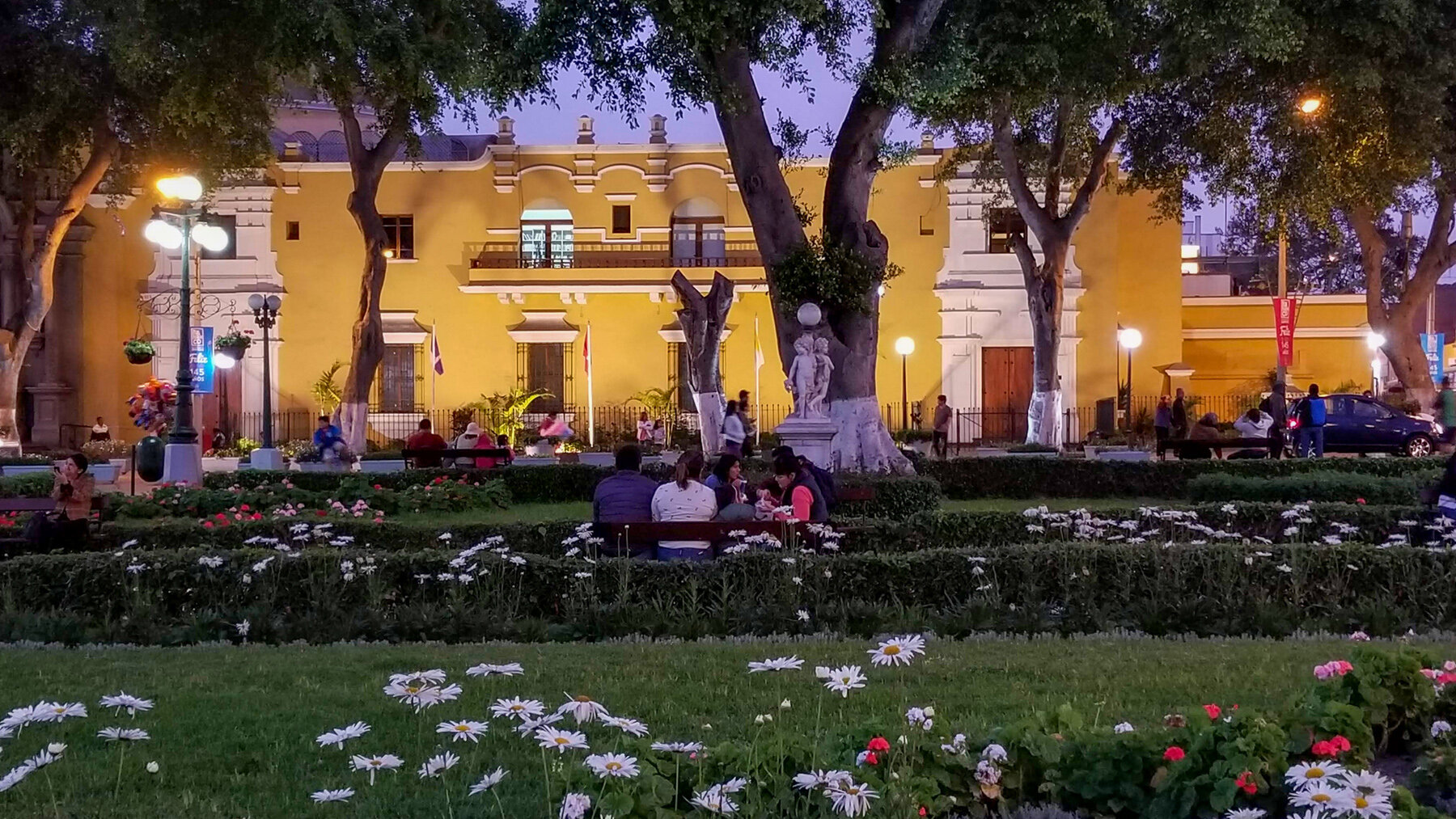
I wasn’t ready to let this thing end yet, so to help ease my transition, I took a leisurely stroll through the bohemian Barranco neighborhood, finding myself wandering into the MATE Mario Testino Museum and gallery, a non-profit founded by incredibly popular Peruvian fashion photographer Mario Testino. The primary exhibit was Mario’s own work - well executed and uniquely-Testino photographs that covered the worlds of fashion and pop culture, portraits of everyone from the royal couple to the Rolling Stones.
However, perhaps not so surprisingly, my favorite part was the work of an artist named Maneul Limay in a side exhibit titled Alta Moda. Limay’s “Injertos” project played with the theme of the fragility of life by employing a technique in which he printed intriguingly haunting portraits onto decaying leaves.
And they were wonderful.
I suppose after experiencing raw beautiful humanity throughout the highlands, the last thing I felt like doing was diluting it with high fashion and pop culture.
Plus, printing photos on leaves...c’mon! What’s cooler than that?
A slice of pizza on the walk back and a few hours of sleep later saw me back on a Latam flight headed towards the States.
With a Pisco Sour for breakfast.
And fortunately for everyone on this plane, everything remained in the overhead bins this time…
I’d like to thank everyone who stuck around to relive this journey with me. If you missed the first 4 installments, trust me, you’ll want to go back and check them out:
Part 1 - Where The Wacky Alpacky Hath Led Me
Part 2 - From Coca Tea to Casa Chapi
Part 3 - The Vicuna Chaccu
Part 4 - From Fleece Geeks To Pee Fleece
Also, as mentioned before in Part 3, I had the immense honor of being asked to contribute to “Vicuñas - Survival of the Finest,” the quintessential authoritative account of the vicuna story, told by Michael J Safley himself. Pre-orders are available now and after seeing this thing come together over the past few years, I must say, it is incredibly gorgeous telling that threads history, destrution, conservation, unlikely yet successful partnerships, and contemporary life in a way that shows it impossible to separate ourselves from each other, and each and every thing.
Another reason to purchase is that the timing couldn’t be more crucial. Peru currently holds the world’s highest death rate due to COVID, and monies raised by Quechua Benefit through sales are currently going to getting medical care, masks, soap, education and information to the Quechua people in the highlands, who have been hit extraordinarily hard by the pandemic.
Finally, I can’t end without thanking Quechua Benefit for bringing me along and putting together this unforgettable tour, to all the attendees for making it as memorable as it was, and to all the vendors and families that accommodated us to perfection throughout. Oh, and gotta give another shout-out to our driver Raul…yooz a trooper!
Welp, that’s all me wrote…
If you really wanna wanna, for some of my much less exciting (albeit much for frequent) shenanidos & shenanidonts , find me on Instagram.
(Editor’s Note: This trip originally happened in fall of 2019, when it was still safe to travel. It has taken some time to get these posts in order due to various reasons #Because2020, but the timing is quite impeccable that I begin publishing them now, as Peru has among the highest death rates per capita in the world from COVID-19, and people in the remote impoverished highland villages, where much of this story takes place, have little to no resources to protect themselves and their families. Quechua Benefit, the non-profit that sent me out has been raising money to provide masks, soap and education, and I’ve partnered with them to help bring some attention. Please consider throwing a few bucks their way through this link. As you’ll see throughout these posts, they’re doing wonderful work in Peru.)


